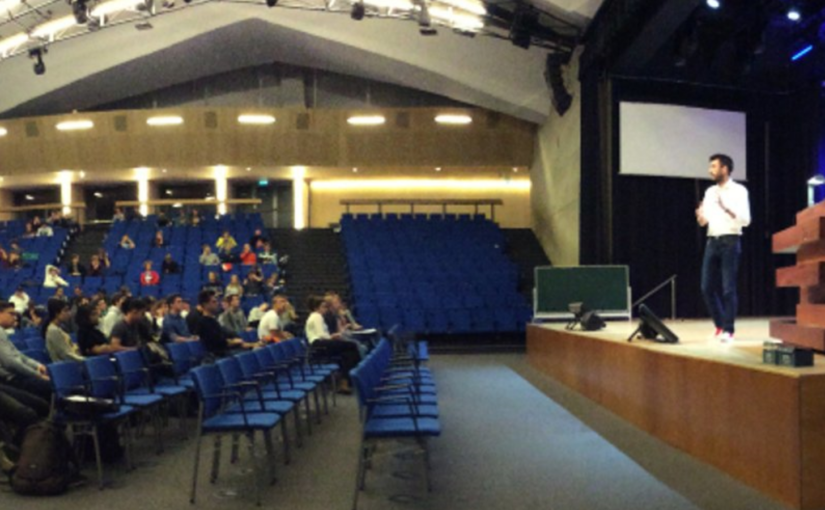Since the switch to online education 18 months ago, it’s become clear that on-campus lectures used to serve a whole range of functions – not all of which can be served by online classes. We designed around that for our online and half-half courses.
Now that we’re expecting to be able to get back to fully on-campus for all our courses again, if we want to, people are asking: do we want to?
I’m not so sure. At least not for large scale lectures – as I wrote in my Delta column at the start of this year.
In any case, it seems good to explicitly think about what physical lectures do, so that we can think critically about how we want to achieve those things going forward.
OK, here goes:
- One-way, teacher -> students stuff:
- Information delivery. Similar to what books do. The part many feel that Gutenberg made obsolete and the thing that the ‘flipped classroom’ transfers to asynchronous reading/watching by students themselves. Multiple categories:
- Content
- Logistics / Practical matters
- Motivation, by an enthusiastic teacher/speaker, by showing cool examples, by physical demonstrations, etc.
- Information delivery. Similar to what books do. The part many feel that Gutenberg made obsolete and the thing that the ‘flipped classroom’ transfers to asynchronous reading/watching by students themselves. Multiple categories:
- Teacher <-> Students (interaction is obviously low in traditional lecture halls)
- Quick checks on understanding (i.e. polls and multiple choice questions)
- Opportunity for asking questions/discussion, both during and before or after the lecture. Becomes more scary and more difficult as student numbers increase.
- Students -> Teacher
- Signal perceived value of the lectures by showing up or not.
- Motivation for the teacher. Speaking to a hall of students is something to get out of bed for. It’s why many like ‘hybrid’, because at least they have some students there to see and make them feel like they’re doing it for actual people.
- Students <-> Students
- Social gathering, seeing and interacting with peers and friends, during the lecture, before, and after.
- Discussing course content and materials, helping each other out, bot in terms of figuring out difficult topics, and answering each other’s questions about logistics: When is this due again? Wait, what is the assignment, exactly?
- For students individually
- Structure to the day, a reason to get out of bed in the morning. Knowing a teacher is coming to a room, and knowing other students are going, is more social pressure/motivation than an online session nobody will see you at and that you can always watch the recording of.
- Being seen, feeling like you exist to others.
- Feedback on how well you’re doing, in the form of seeing other peope either understanding everything or struggling as much as you, or more.
- For the teacher individually (I feel this category gets ignored a lot, as is Students -> Teacher, see above)
- Feeling cool. You’re on stage, giving a show, after all. Or at least, you’re delivering profound and valuable knowledge to the unknowing. Good for the ego.
- Provides a ready made size for chunking your content. Far too large, but still. It’s a template. That’s nice.
